1. The role of dishwashing brush
Efficient cleaning of all kinds of tableware
The most basic function of a dishwashing brush is to clean tableware, but it is more efficient than ordinary rags or sponges:
Strong decontamination: The friction of the bristles can easily remove stubborn oil stains and food residues, especially suitable for difficult-to-wash kitchen utensils such as pot bottoms and baking trays.
Deep cleaning: For places where dirt is easy to hide, such as cup walls and bowl bottoms, dishwashing brushes can be deeply cleaned to prevent bacteria from growing.
Save detergent: Because the bristles have stronger cleaning power, it can reduce the amount of detergent used compared to rags, which is more environmentally friendly and economical.
"All-round helper" for kitchen cleaning
In addition to washing dishes, dishwashing brushes can also be used to clean every corner of the kitchen:
Sinks and drains: Scrub the inner wall of the sink and the drain to prevent grease accumulation and odor.
Gas stove: Brush off stubborn oil stains, especially dirt on the stove rack and gaps.
Range hood filter: With hot water and degreaser, it can effectively clean oil stains and extend the life of the filter.
"Hidden artifact" for household cleaning
The use of dishwashing brushes is far more than the kitchen. It can also be used for:
Bathroom cleaning: scrub stains on shower room glass, tile gaps, and even the edge of the toilet.
Shoe cleaning: The mesh surface and sole grooves of sports shoes can be cleaned with a dishwashing brush and detergent, which has an excellent decontamination effect.
Furniture maintenance: Soft-bristled dishwashing brushes can be used to clean leather sofas, car interiors, etc. to avoid scratching the surface.
2. Four advantages of dishwashing brushes
- Efficient cleaning, saving time and effort
Compared with rags or sponges, the bristle design of dishwashing brushes can more efficiently remove stubborn stains and reduce the time of repeated wiping. It is especially suitable for cleaning burnt pot bottoms or dried sauces.
- Durable and not easy to breed bacteria
Durable material: High-quality dishwashing brushes use high-density bristles and mildew-proof handles for a longer service life.
Easy to dry: The hollow design allows the brush head to dry quickly, reducing bacterial growth and being more hygienic than a wet rag.
- Multifunctional, one brush for multiple uses
As mentioned earlier, a dish brush can not only wash dishes, but also clean the kitchen, bathroom, shoes and other scenes, reducing the number of household cleaning tools and making storage easier.
- Environmentally friendly and economical, reducing waste
Reduce paper towel and rag consumption: Using a dish brush for cleaning can reduce the use of disposable cleaning supplies.
Reusable: A good quality dish brush can be used for several months, which is more cost-effective than frequently replacing sponges.
3. How to choose a good dish brush?
There are many types of dish brushes on the market. You can refer to the following points when purchasing:
Bristle hardness: soft bristles are suitable for non-stick pans and glass cups, and hard bristles are suitable for pot bottoms and baking trays.
Handle design: non-slip handles are easier to hold, and long handles are suitable for deep pot cleaning.
Material safety: food-grade PP plastic or natural fiber bristles are healthier.
Additional features: Some dish brushes have a suction cup design that allows them to be stored upright to avoid water accumulation.


 中文简体
中文简体 English
English Español
Español Français
Français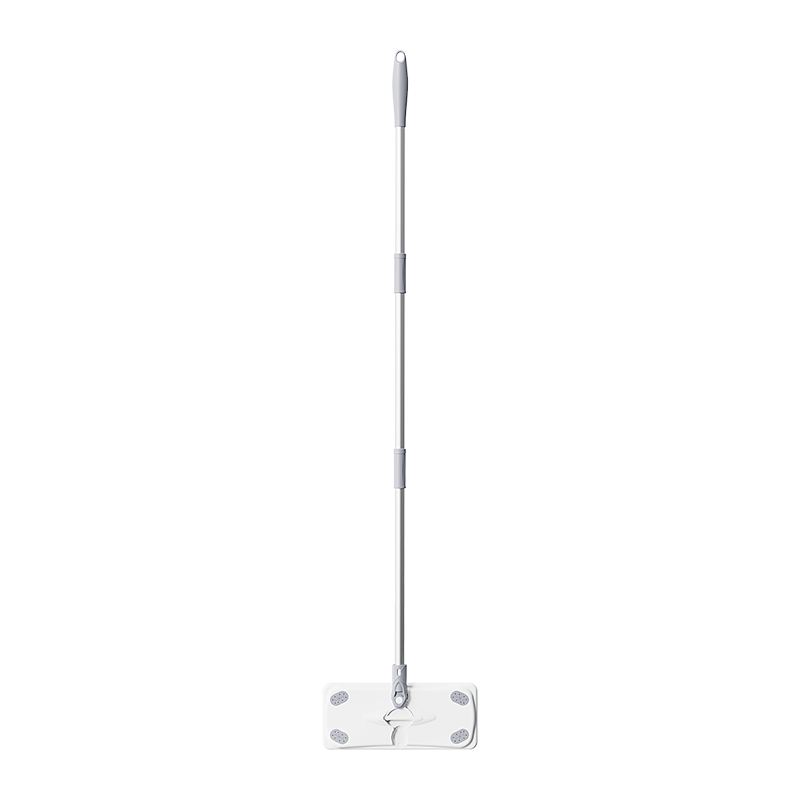
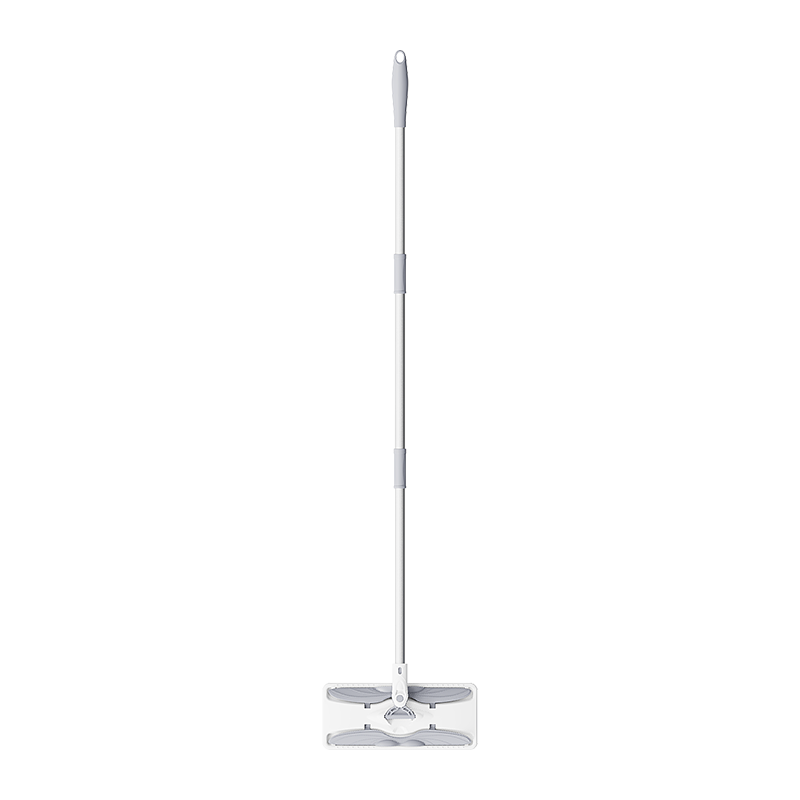
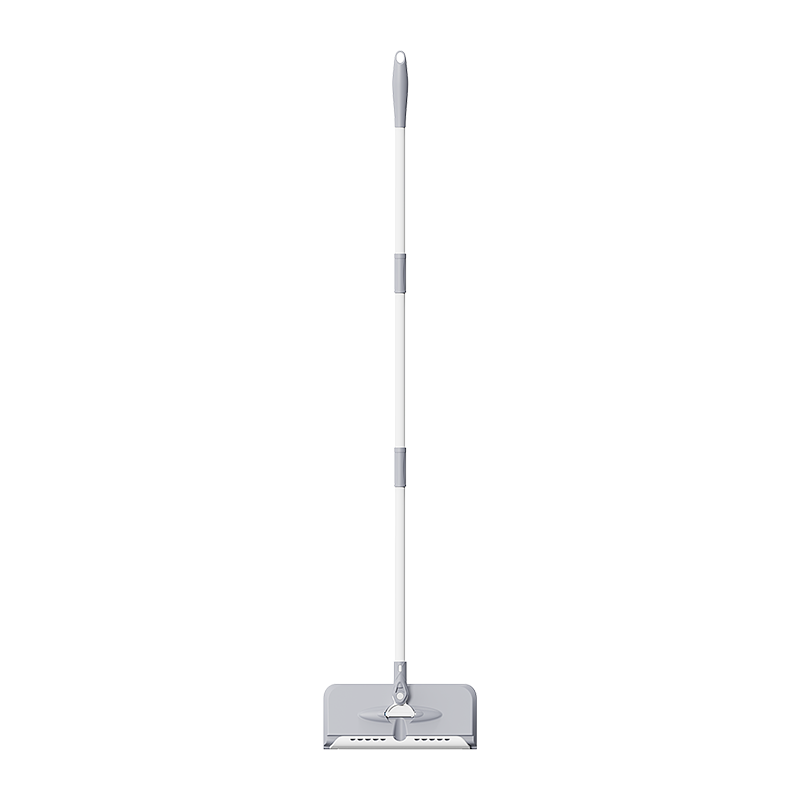

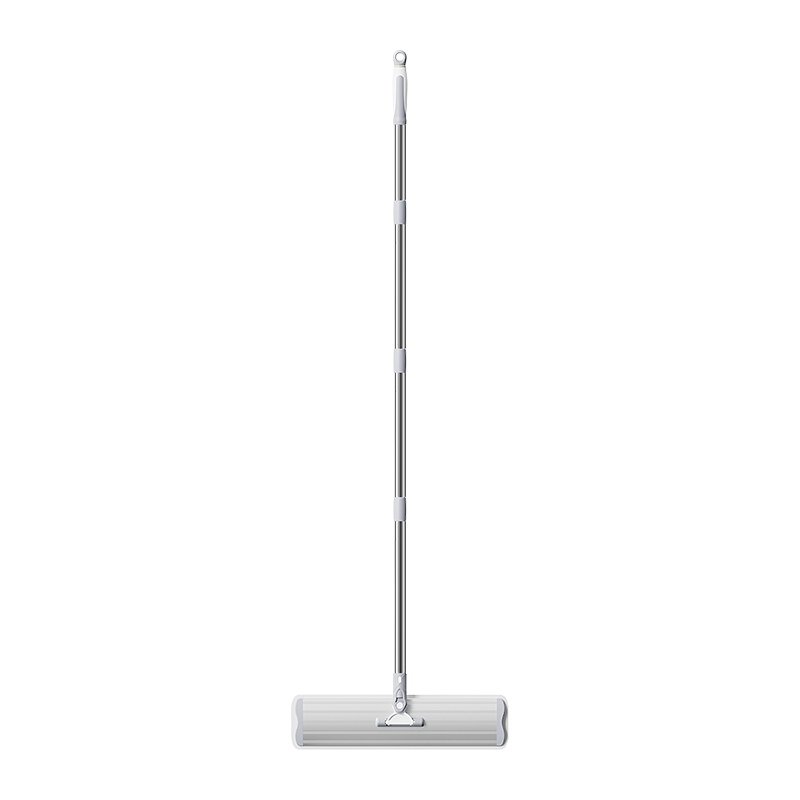
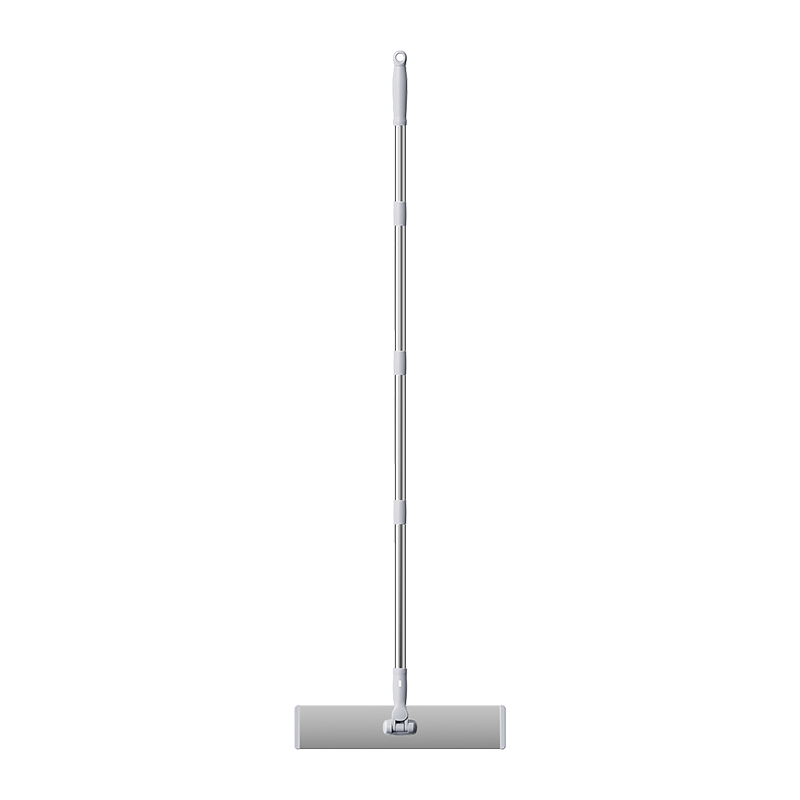
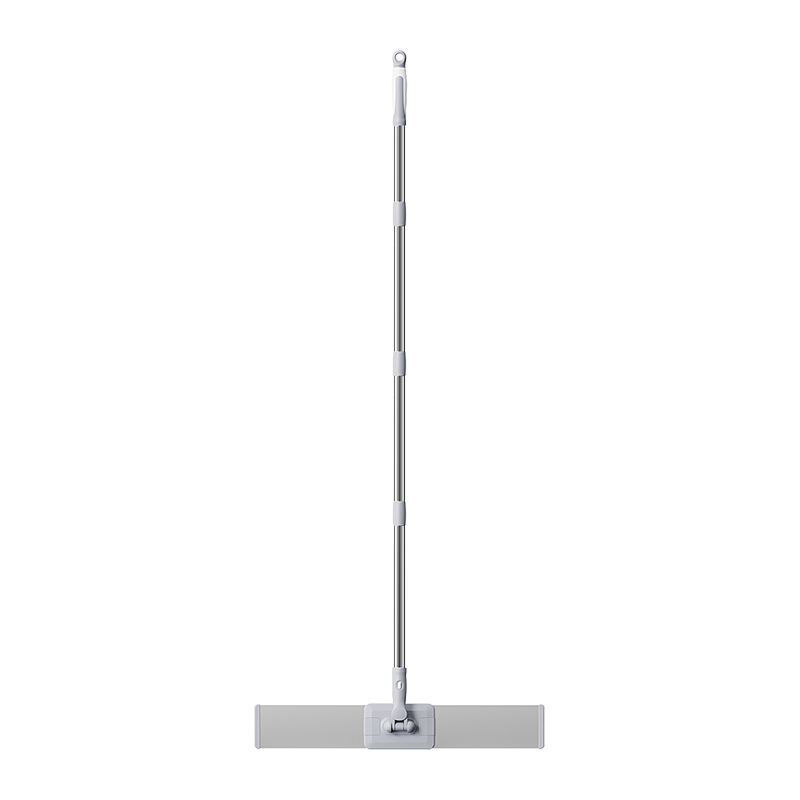
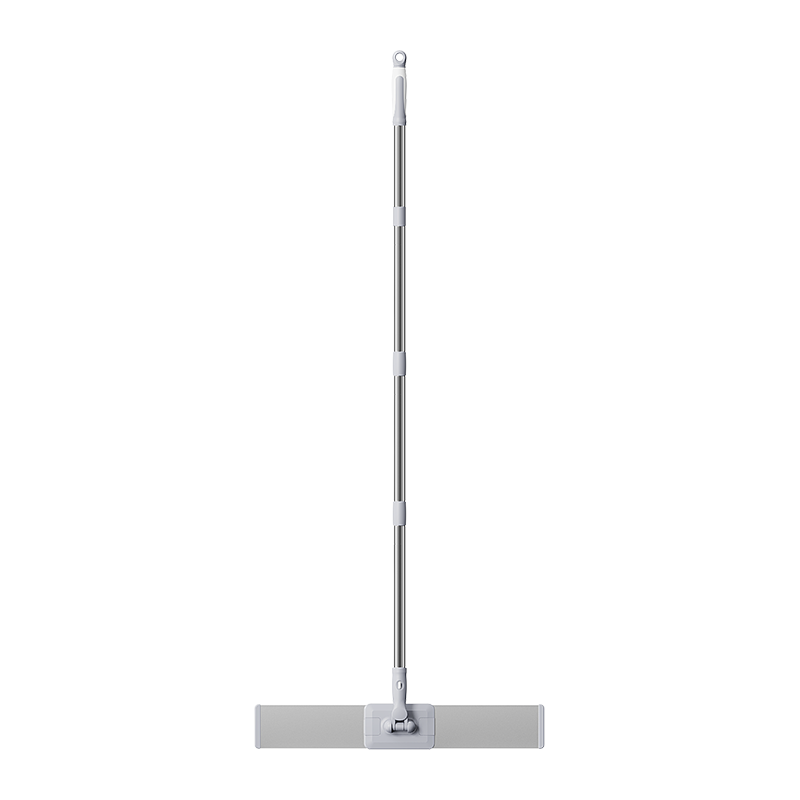
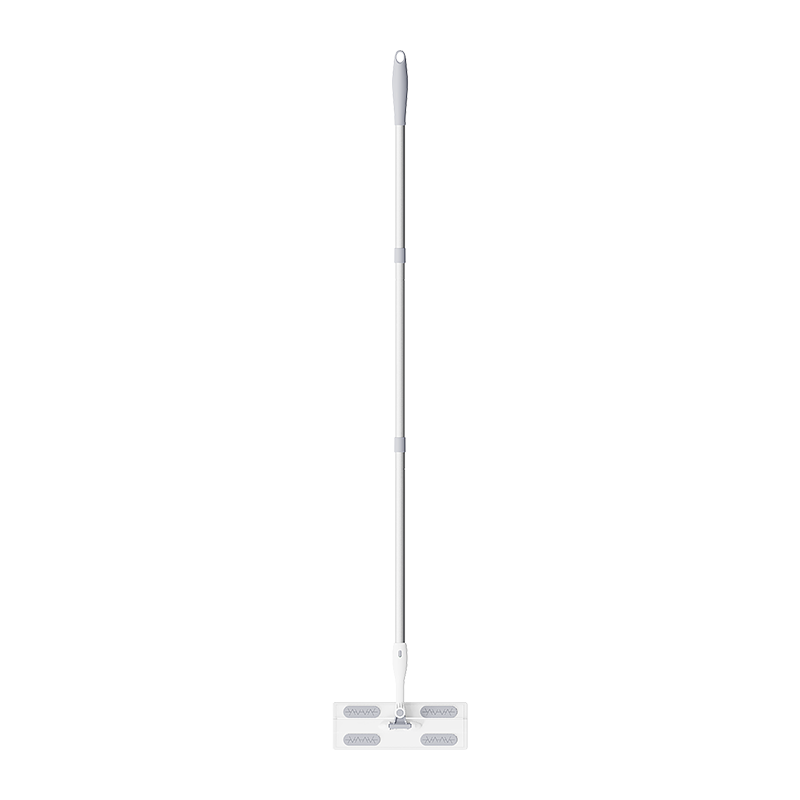
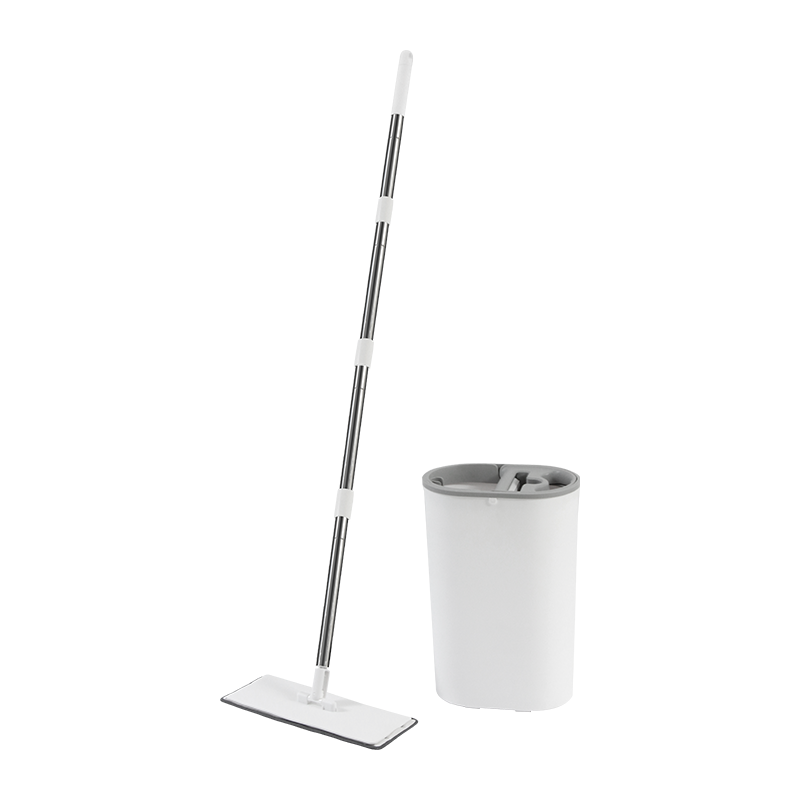


 Products
Products












